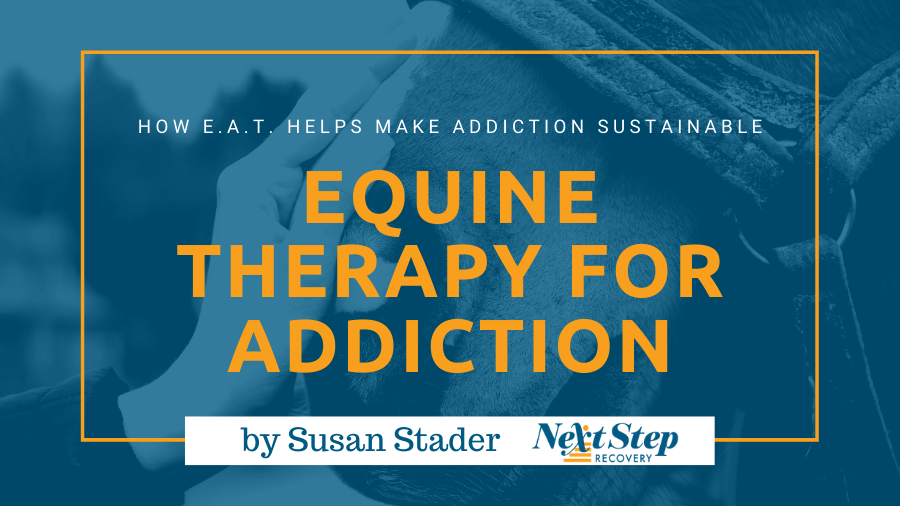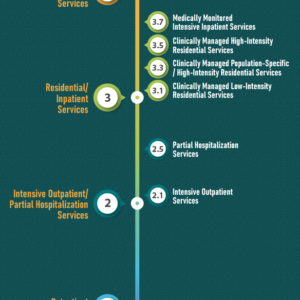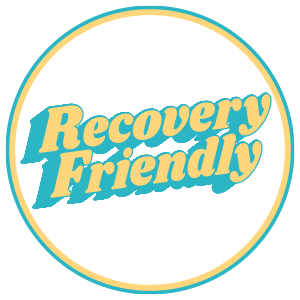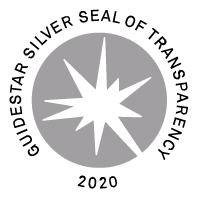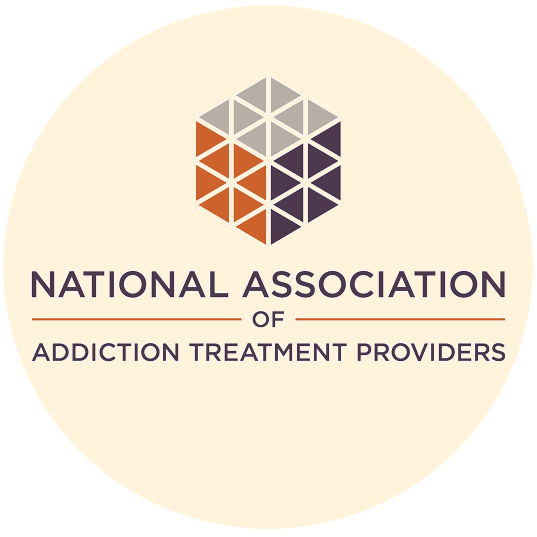Equine therapy is a powerful way to deal with emotions during addiction recovery.
However, equine therapy is a more formal experience than just riding a horse. It’s a good idea to understand that not all equine-assisted activities are created equal.
We’ll help you understand key aspects of equine therapy for substance abuse.
In this article, we’ll cover questions such as:
- What is equine therapy?
- What type of equine therapy is best for addictions?
- What skills can an equine therapy client learn?
- How does equine therapy work?
- What does equine therapy treat?
- What questions should I ask before starting equine therapy?
To make it easy, we start with the basics.
What is Equine Therapy?
Equine Therapy uses horse interactions to guide clients through emotional and behavioral issues. It is also known as Equine-Assisted Therapy (EAT) or Equine-Assisted Psychotherapy (EAPT or EAP). Clients engage the horse in various ways for a therapist to observe and provide feedback.
Equine-assisted therapy is sometimes used as a synonym for Equine-Assisted Activities and Therapy. EAAT is an umbrella term for all horse-human interactions.
However, equine therapy is a specific EAAT treatment for healing psychological hurdles. EAT commonly takes form as Equine-Assisted Psychotherapy, especially in addictions treatment. This might happen during or after they’ve done a more traditional therapy, usually within the CBT or DBT model.
For this conversation, we’ll focus on equine therapy for addiction recovery.
Equine Therapy can help individuals in recovery if they:
- Experience lifestyle disruptions due to emotions, thoughts, or behaviors.
- Face issues in relationships with family, friends, or romantically.
- Have trouble committing to or completing tasks.
- Are challenged when opening up about thoughts or feelings.
To fully understand equine-assisted therapy in addictions, let’s discuss EAP.
Equine-Assisted Psychotherapy Explained
Equine-Assisted Psychotherapy (EAP) is the main type of Equine Therapy used in addictions treatment. This is also known as Equine-Facilitated Psychotherapy (EFPT/EFP). EAP clients engage in tasks with a horse like caretaking. As the client and horse encounter challenges together, a therapist guides them towards solutions and insights.
In addiction care, EAP can jumpstart a discussion about the client’s mental state. EAP guides clients through horse interactions that allow for three significant things:
- Client expresses thoughts and emotions in natural actions with the horse.
- Horse reacts in a direct reflection of the client’s actions and moods.
- Therapist discusses indirect insights with the client to move towards goals.
The client may help the horse through problems as much as they work through their own. This perspective shift is a unique trait of EAP.
EAP is ideal in addictions since clients may feel shame or discomfort as a barrier to talking through their issues.
The course of EAP treatment varies but usually has a few common features.
Format of EAP is based in psychotherapy, also known as talk therapy. A therapist observes and talks with the client to work towards goals, rather than talking with no direction.
Structure is goal-focused to make measurable progress on the client’s problems. As in most psychotherapy methods, the client sets treatment goals to guide sessions.
Length of treatment might run at least six sessions. Clients should likely expect this treatment to continue for eight or more sessions based on the client’s goals.
EAP tends to be an individual process, with a one-on-one client and therapist relationship.
Types of Equine-Assisted Psychotherapy
Beyond the basics, EAP may be offered in other types for specialized needs. Equine-Assisted Psychotherapy can be tailored to unique experiences.
EAP variations can include but are not limited to:
Trauma-focused EAP helps clients in coping and acceptance of their traumas.
Men’s EAP tends to issues in confidence and leadership.
Women’s EAP works through co-dependency, stress/trauma, and divorce or loss.
Regardless of the focus area, EAP programs help clients learn many similar life skills.
Skills Learned in Equine-Assisted Psychotherapy
Individuals with addictions need a tool set of skills to confront life more effectively.
EAP allows clients to face their maladaptive emotions, beliefs, and more. This process helps clients find various insights about themselves and ways to improve.
Clients can use EAP in their road to sobriety by learning:
- Stress coping teaches clients to bear emotional weight in healthier ways. This is useful for addiction clients facing exposure to substance abuse triggers.
- Emotional awareness can help clients pause before reacting to uncomfortable emotions. Behavior changes begin with regulating emotions.
- Empathy helps clients see and relate to the feelings of others. This sensitivity helps clients talk through issues instead of coping via substance use.
- Flexibility allows clients to choose alternatives when life goes unexpectedly. This acceptance can help clients avoid defaulting into drugs or alcohol.
- Impulse control pauses clients before they take any automatic actions. Clients must learn to be intentional with their actions to minimize bad consequences.
- Confidence is an important counter to self-defeating thoughts. Addiction can be an escape from these thoughts, so confidence might help treat this issue.
- Problem-solving can build the client’s ability to navigate any challenge. Above all else, clients require this skill to maintain sobriety long after therapy ends.
The noted skills are learned through various techniques used in each EAP session.
EAP Sessions Explained
The process of equine therapy is a series of client-horse and client-instructor interactions. This is in addition to the classic client-therapist relationship.
The client is guided by a horse instructor through tasks with the horse. A licensed psychotherapist observes the client, with feedback on potential improvement areas.
Horses serve a number of therapeutic roles in these interactions:
- Lack of judgment keeps the client present and honest. The horse is not biased on a client’s history or looks, which can free a client to focus on therapy.
- Mirroring allows clients to see themselves transparently. The horse observes and responds to protect itself, providing instant feedback for the client.
- Helps form analogies to show the client ways to overcome issues. If the client finds solutions to improve the horse’s life, they can do the same for their own.
The therapist uses techniques to steer the session’s towards the client’s goals.
Techniques used to guide EAP sessions may include:
Cognitive therapy examines the relationship in the client’s thoughts and emotions. This is done by resolving the client’s challenges and those of their assigned horse.
Caretaking tasks have the client learn and practice new skills to care for a horse. The client may face discomfort and work through feelings to achieve the task.
Scheduled tasks build structure for the client’s daily activities. An individual with addictions may have neglected responsibilities, but scheduling forces commitment.
Roleplay and narrative-building reveals projections of the client’s beliefs or feelings onto the horse. This expression can be an indirect way to expose and address issues.
The work done in EAP sessions may provide progress in a client’s other problems too.
Other Conditions Treated by EAP
Equine-Assisted Psychotherapy can benefit conditions beyond addiction.
Individuals on the road to sobriety may have related conditions resulting from the same underlying issues. By treating the source, other co-occurring disorders may be alleviated.
Common addiction-related conditions treated by EAP might include:
- Anxiety
- Depression
- Relationship problems
- Grief or loss
- Trauma
- Sexual disorders
- Compulsive gambling
- Post Traumatic Stress Disorder (PTSD)
Before a client can begin EAP, they should be in the proper stages of recovery.
Where EAP Falls on the Continuum of Addictions Care
While recovery begins at detox, it continues for the rest of a person’s life. Treatments along the path to sobriety are essential to complete in-sequence and uninterrupted.
The Continuum of Addictions Care is designed to provide consecutive treatments.
Starting with detox, a recovering individual will be on-boarded into a primary intervention. As a client progresses, they step down into less intense treatment.
Grouped into levels, the continuum of care is as follows:
- Level 0.5: early intervention services
- Level 1: outpatient services
- Level 2: intensive outpatient or partial hospitalization services
- Level 3: residential or inpatient treatment services
- Level 4: medically managed intensive inpatient treatment services
EAP is a less-intensive intervention. Clients with severe conditions may need other services first. Hospitalization or other inpatient services may precede EAP.
Detox is always necessary before beginning any treatment.
After starting recovery, a client might enter EAP concurrent with another therapy. As a “complementary therapy,” EAP sessions can be paired with CBT sessions, a 12 step program, and more.
In some sober living programs, EAP may be a standalone treatment.
In case of relapse or struggles during independent sobriety, a client may enter EAP.
In general, EAP is meant for those who’ve already embraced the journey to sobriety. Additionally, these clients should only be in need of less-intense outpatient services.
What to Know Before Starting Equine Therapy
Equine therapy is a useful treatment in the course of addiction recovery.
However, it may not be for everyone. Here are some key things to think about:
Confidentiality is established as the norm in EAP unless a clear danger exists. This includes self-harm, danger to others, or being ill-equipped to care for themselves.
Be mindful of expectations because equine therapy is not a “quick fix.” All therapy requires a degree of honest, personal reflection. A client should prepare to be uncomfortable and put in the hard work to get real results from therapy.
Discuss progress (or lack of) to help therapist understand the situation. A client has to be an open book in the therapy relationship. Sometimes the therapist needs to change methods, advise a new program, or even recommend a new therapist.
Beyond these basic considerations, there are a few other parts to starting EAP.
When Might I Consider an Out-of-State EAP Program?
Out-of-state EAP programs are an important decision point in Equine Therapy.
Equine therapy requires a horse facility that collaborates with licensed equine-assisted therapists. In addition, the program should specialize in the client’s needs.
Addictions clients will be searching for an Equine-Assisted Psychotherapy program. Since any given equine program is in-person only, local availability may be limited.
An out-of-state EAP program can provide access, in addition to:
- Physical and mental distance from a difficult past.
- Clarity and cleansing due to a new, potentially more natural environment.
- Better facilities and staff that a client can feel more comfortable in.
Clients who must tend to commitments at home might not be right for OoS EAP.
Ideally, an out-of-state EAP client would want to enroll in residential outpatient services. Some programs like integrated IOP plus sober living offer equine therapy.
Questions to Ask Before Choosing an EAP Instructor or Center
Once EAP options have been selected, a client should ask questions before enrolling.
Here is a small set of questions that might help:
What type of Equine Therapy is offered? An addictions client should be enrolling in a program that is designed for discussion, rather than just riding horses. Equine-Assisted Psychotherapy tends to be the best option in these cases.
Does the therapist have a certification? Practicing EAP therapists should be licensed, and may be certified for further credibility. The Certification Board for Equine Interaction Professionals (CBEIP) gives competency testing for certification.
Will my insurance cover the costs of therapy? As a developing field of therapy, not all insurances will cover equine therapy. Note that while EAP standalone might not be covered, it may be if part of a larger plan like an Intensive Outpatient Program.
Do I have trauma or fear related to animals? Equine therapy, by nature, works with large, powerful animals. If this is frightening to a client, they may have resistance to the therapy process. If this persists, the client may need another form of therapy.
Takeaways on Equine Therapy
In summary, equine therapy for substance abuse can be useful for recovery.
To recap, you should now know that:
- Equine therapy uses horse-client interaction to improve coping abilities.
- Addiction clients are best served with Equine-Assisted Psychotherapy.
- EAP teaches problem-solving, emotional awareness, and stress coping skills.
- EAP therapists observe and talk a client through horse caretaking and more.
- These sessions have moments of insight that teach the client new life skills.
- Equine therapy provides physical and mental therapy for many disorders.
Ultimately, EAP can be a strong component of any long-term recovery plan.
Know someone who might benefit from this unique, yet powerful therapy? Please like and share this post with them. Or, leave your questions or comments about equine therapy below! We’re always looking for ways to keep the conversation about recovery going. Education is one of the most powerful tools we have to fight addiction.


